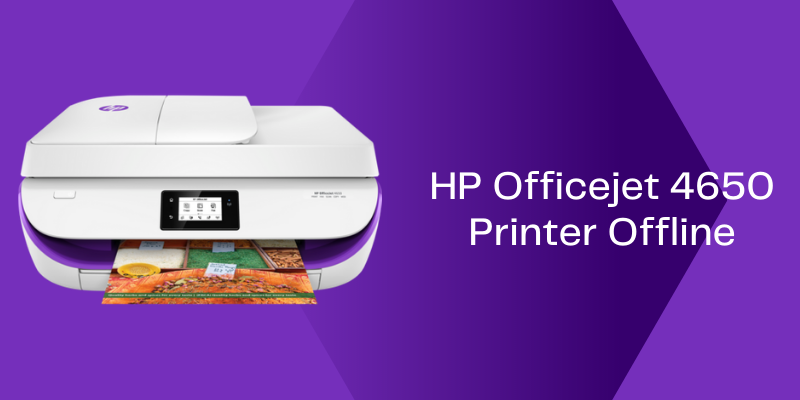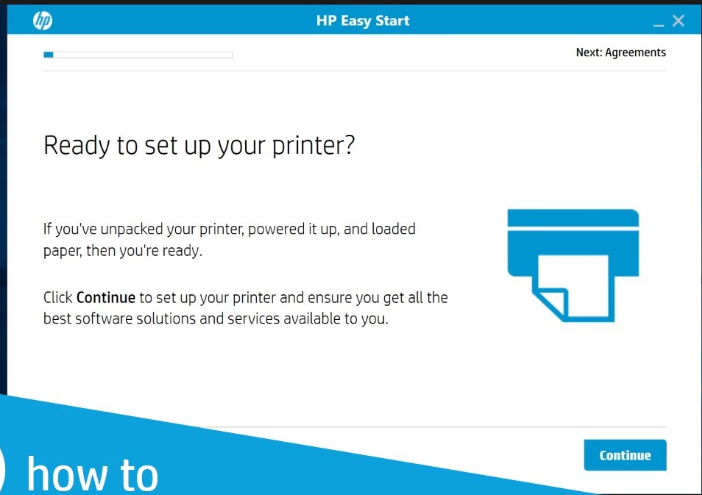

And it would, except… somewhere along the way, a new standard for IP addresses (Internet Protocol addresses) was developed, because we (the world) were going to run out of unique IP addresses someday if the addresses were in the IPv4 format. This is all very good if the printer has an address in the same family. If you look in your network settings you will see something like this: maybe 192.168.1.x or 10.0.1.x. Here’s one: Shake to Undo.īasically, the “old” style of internet address was IPv4. Want some quick iPhone tips? Check out, my iPhone-only site with tips you can read in a minute. Note: it wouldn’t hurt to restart whichever device you change (Mac or printer/scanner) after you make the change. Regardless of the method, the proof is in the scanning: if, after changing the Mac’s settings, you can scan, voilá! If you can’t scan, change the printer’s settings (in the printer itself). In the second case (the one I’m recommending), we’re changing the Mac’s setting to match the printer’s. In the first case, we change the printer’s settings so it matches the Mac’s. If it doesn’t work, put things back the way they were, and then tackle the problem from the scanner/printer’s end, by changing the printer to disable IPv6.Īs you can see, both methods try to match up the Mac’s network settings with the printer’s. If I were you, I’d try changing my Mac’s Network settings first. Then go back in and change IPv6 to “Automatically” again. If IPv6 already said “Automatically” try changing it to Link-local, then clicking OK, then clicking Apply. Setting IPv6 “Automatically” in Network preference pane Then close the System Preferences window. Then change IPv6 to “Automatically.” Then click OK, then click Apply. Click “Advanced…” button.Īfter you click Advanced, click TCP/IP (at the top). Go to Apple menu / System Preferences / Network, then click the Advanced button.


The idea is we want the same settings– on, or off– on both the printer and the Mac.) (This assumes that IPv6 is off on your Mac. Either way, it all comes down to one thing: you want to turn OFF IPv6 on your printer.
#HP EASY SCAN FOR MAC MAC#
Some printers come with their own Mac app, which you can use to adjust settings. With other printers, you’ll type the printer’s IP address into a browser, and that will give you control over the printer’s settings. With some printers, you’ll see a panel on the front, and you’ll go to the Settings, and then Network (or maybe LAN settings), and eventually you will find a place to turn IPv6 off. This is done various ways, depending on the printer. Solving the problem by adjusting the printer’s network settings amounts to turning OFF IPv6 on the printer. You have a choice: adjust the printer’s network settings (harder, but it solves it for the whole office), or adjust your Mac’s settings (super easy, but it only solves the problem for you). The real answer is in the network settings. They tell you to uninstall drivers, reinstall drivers, turn the printer/scanner off, turn the printer/scanner on, restart the router, restart your Mac, restart the coffee pot. If you do a Google search for this issue you will find many totally unhelpful tech “support” responses from HP and Epson (Canon is better). And printing and copying will continue to work. The problem seems to pop up out of nowhere. If it does, you might get a message saying “An error occurred when communicating with the scanner.” The result: you can’t scan. Mac error -9923 can occur under some conditions when scanning over a network using an all-in-one printer/scanner/copier.


 0 kommentar(er)
0 kommentar(er)
